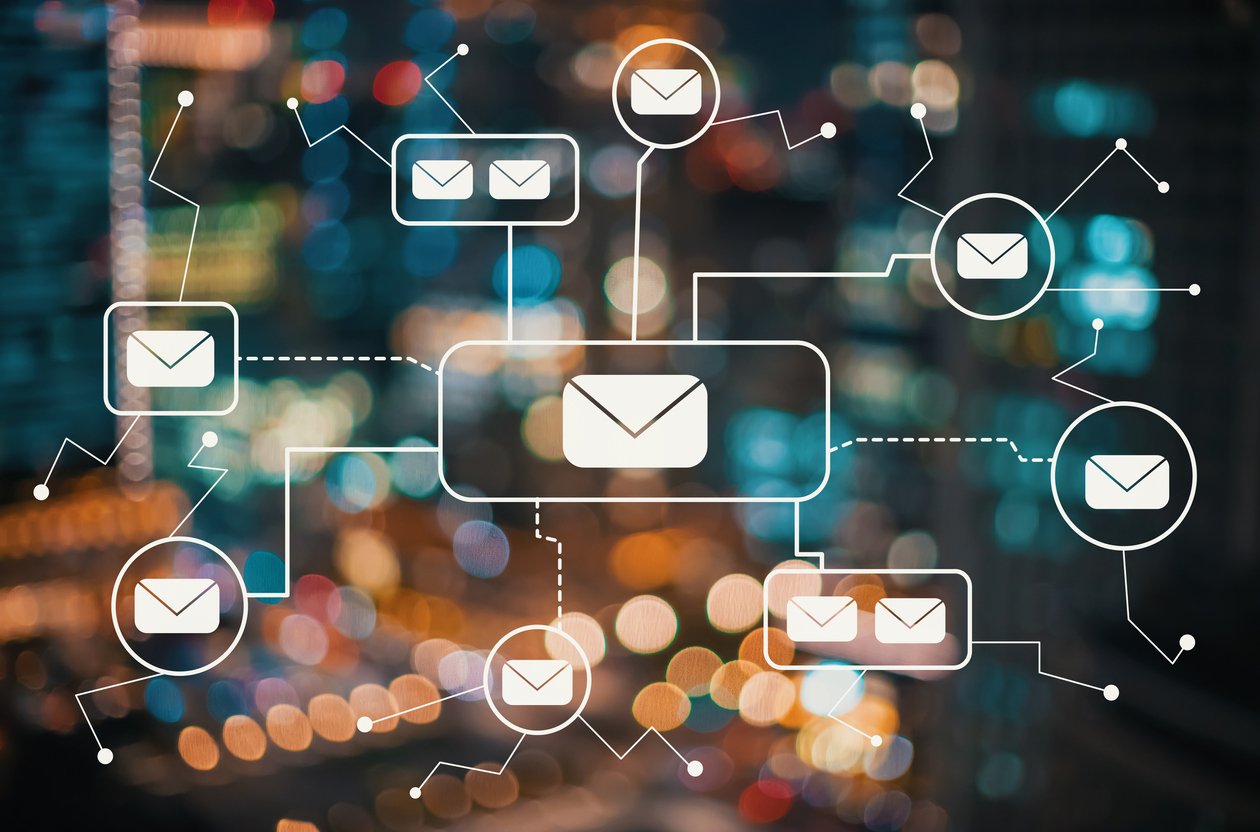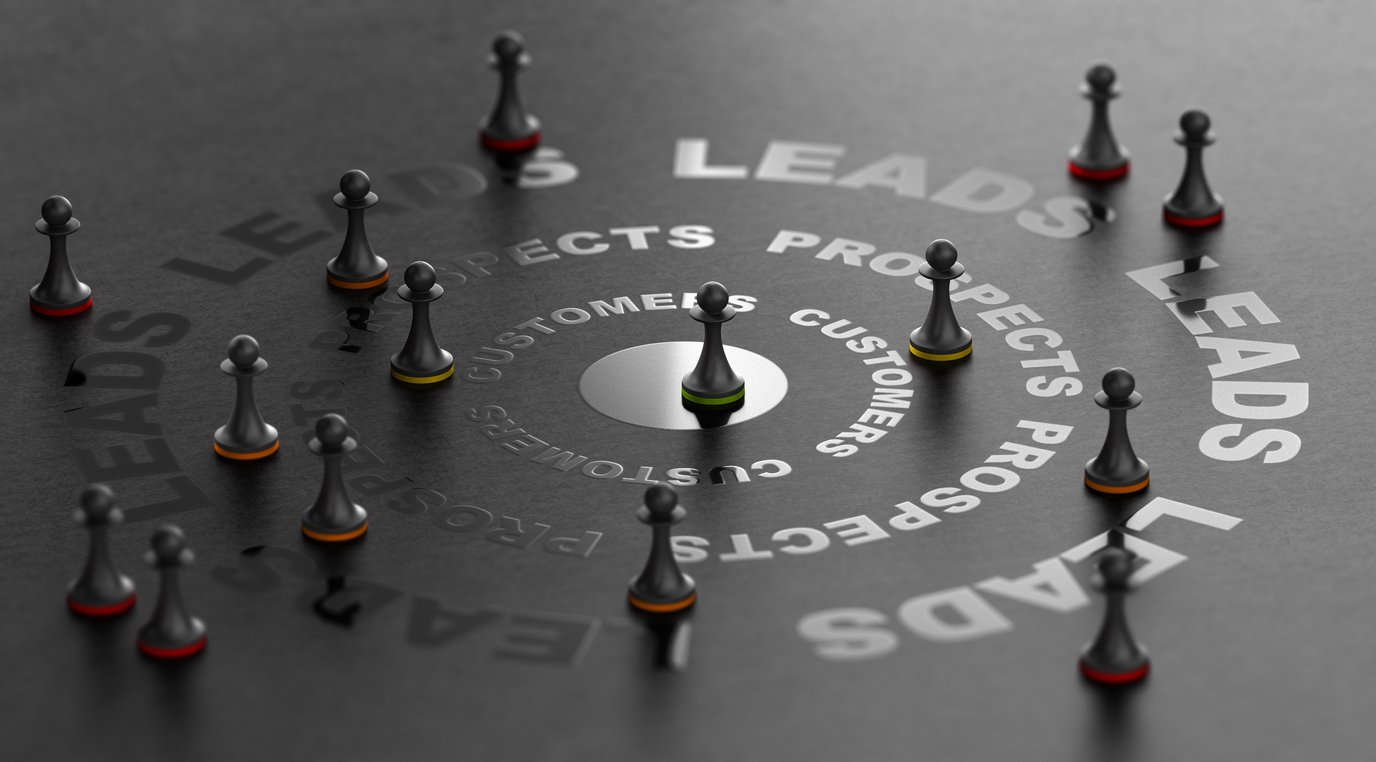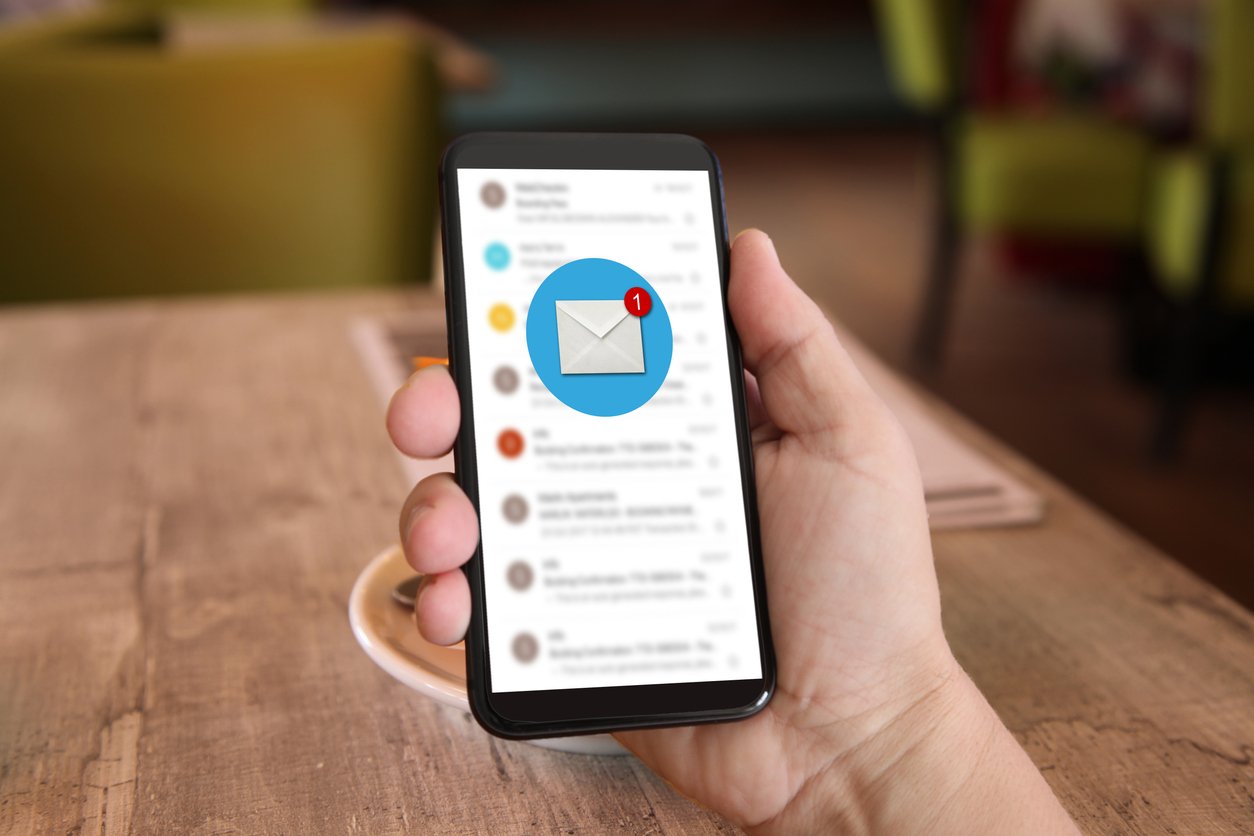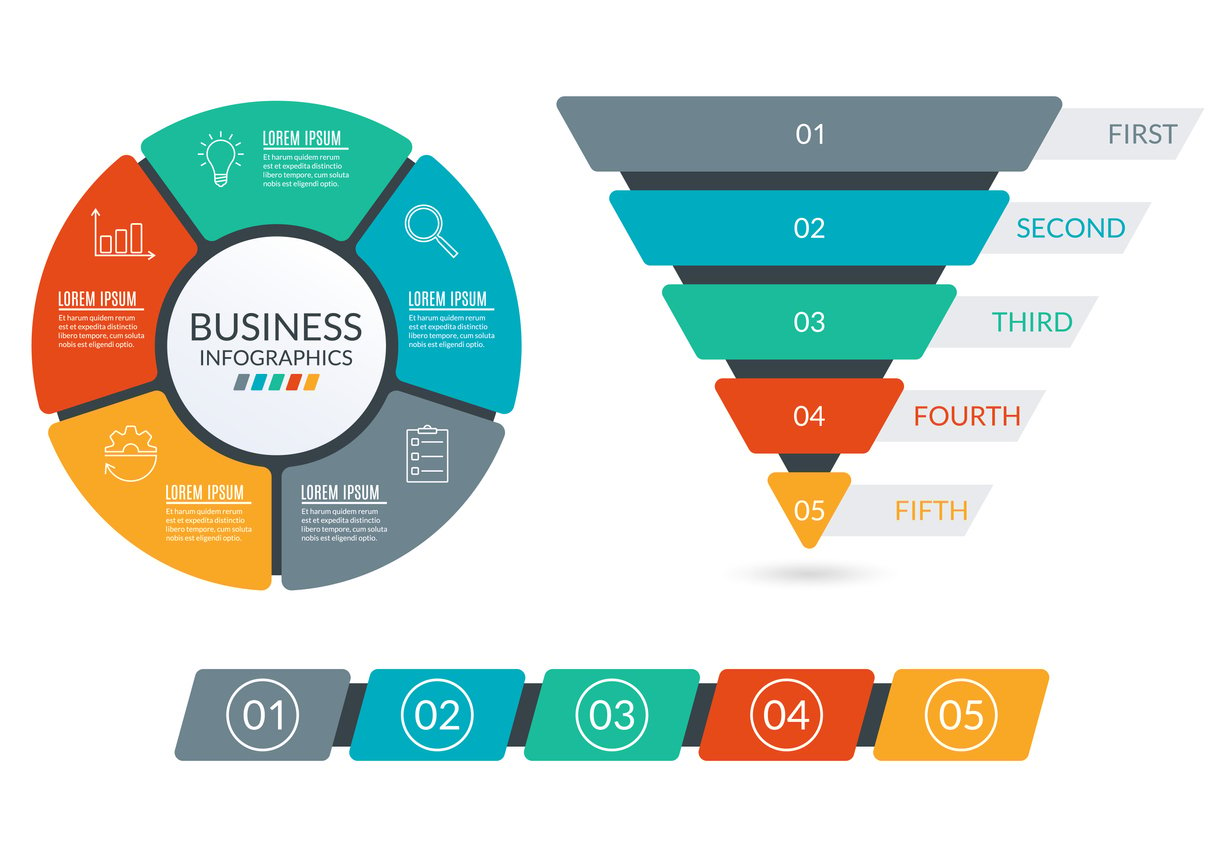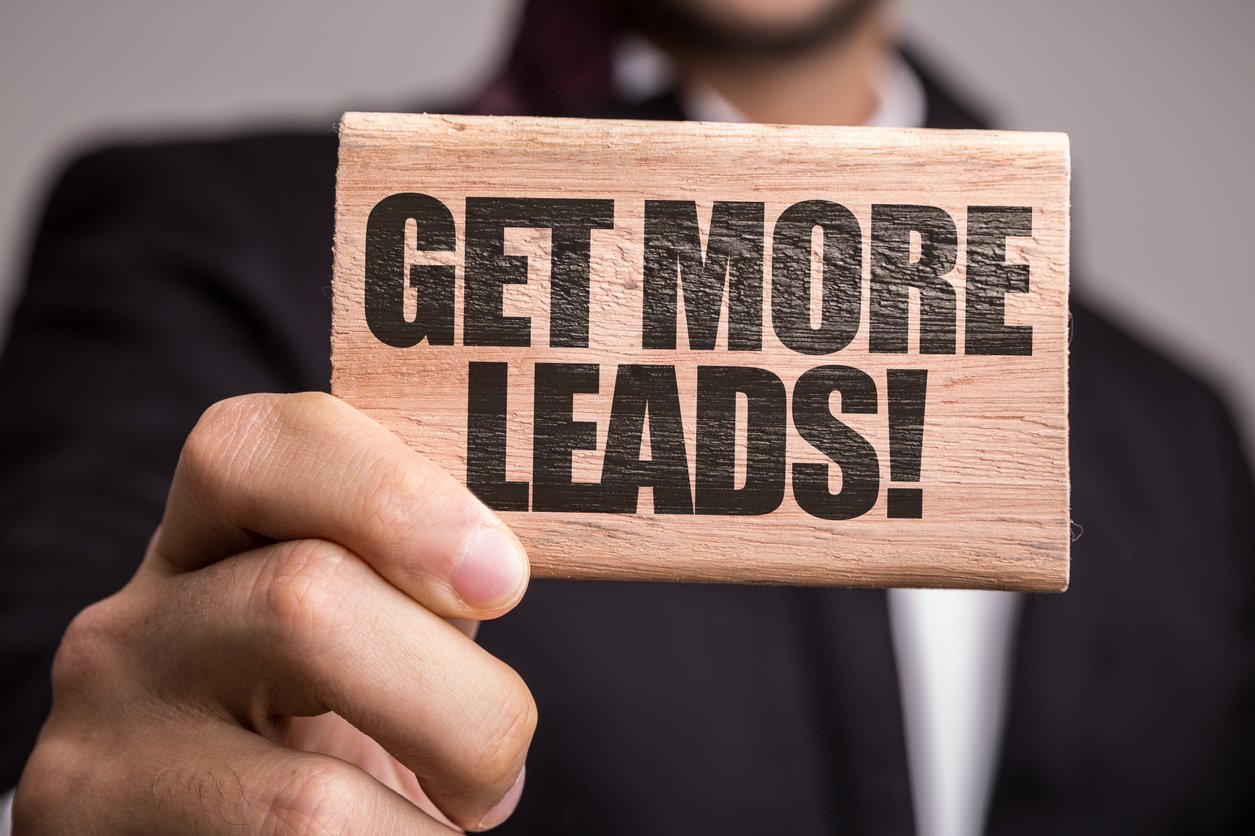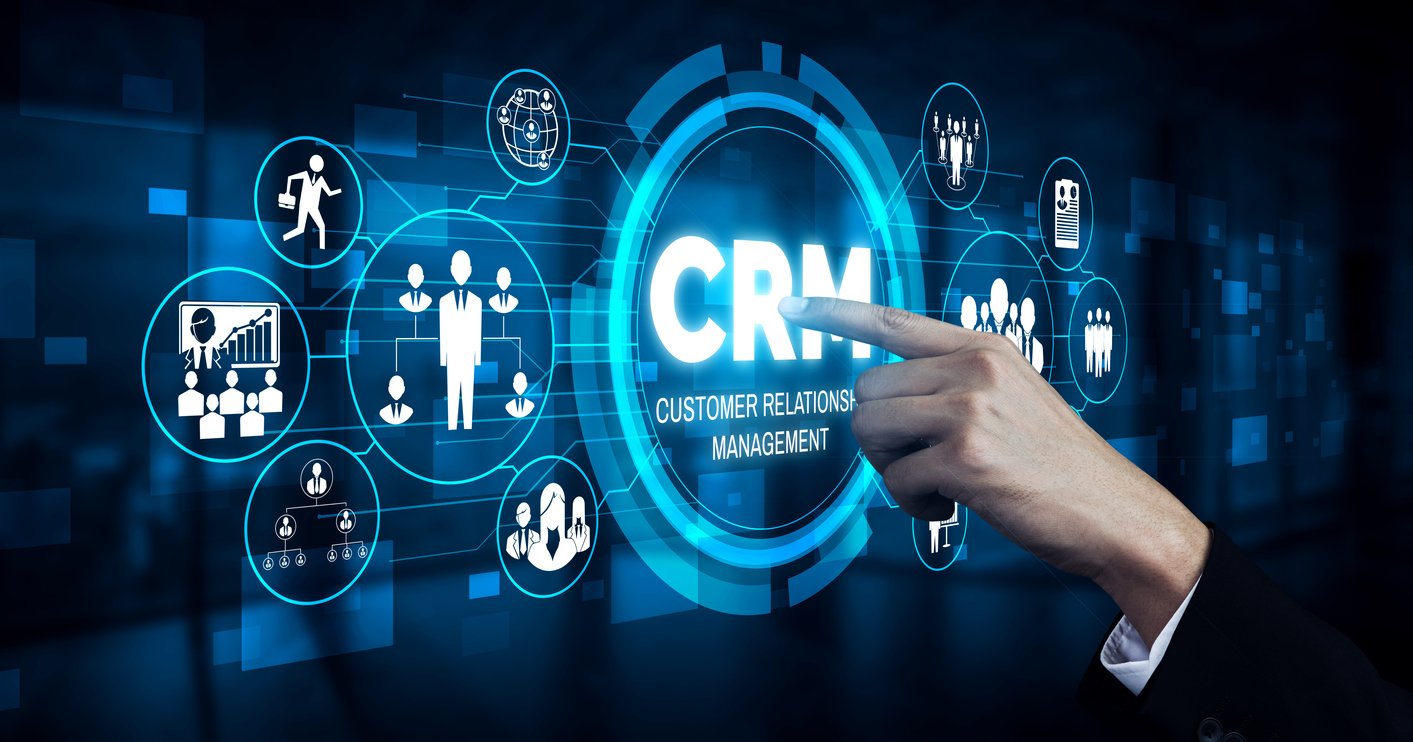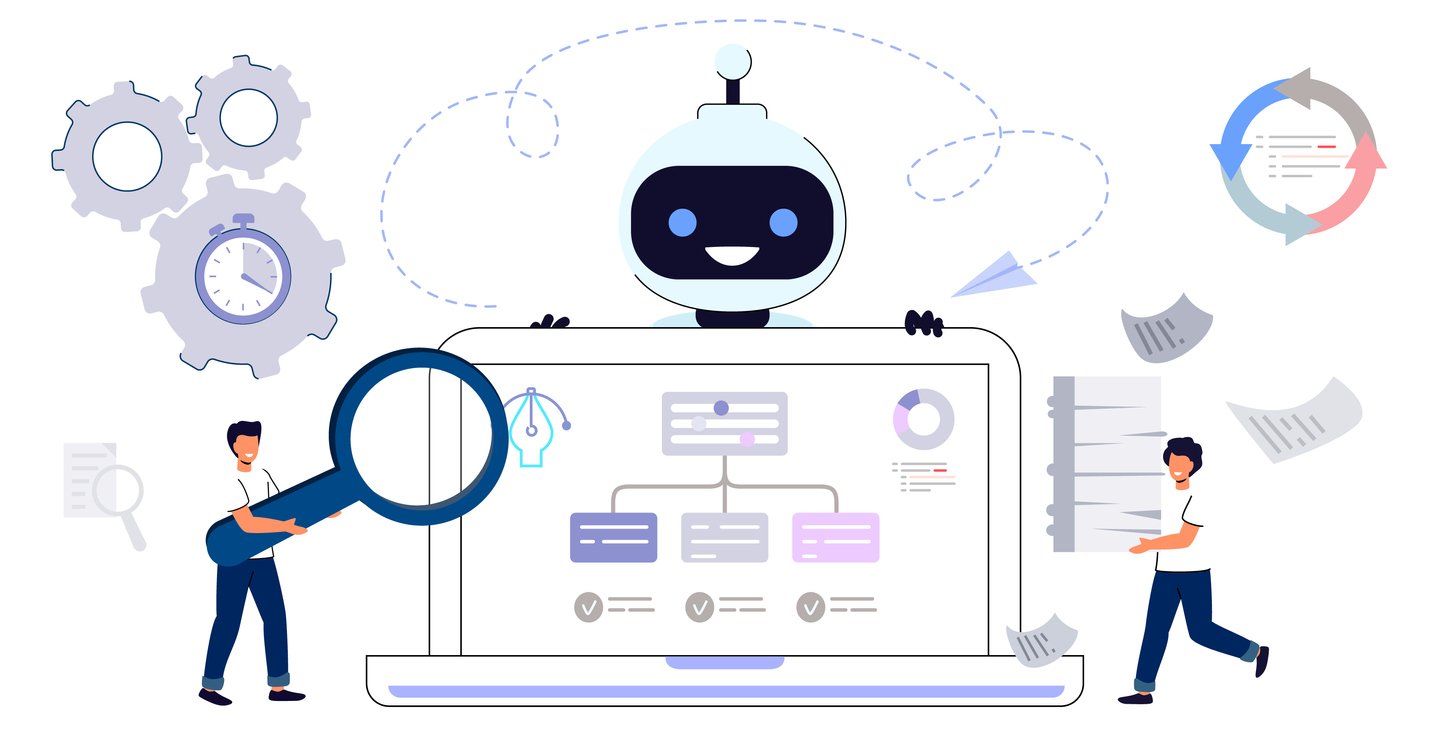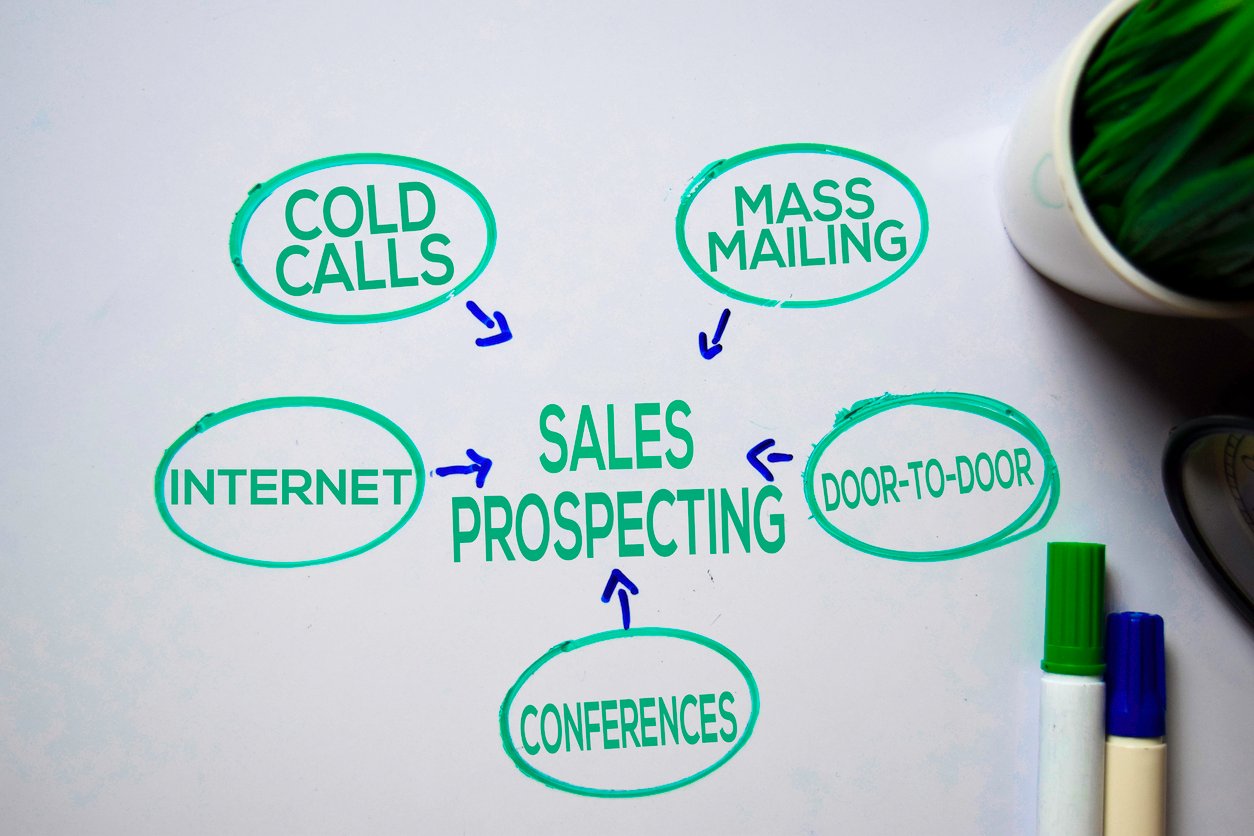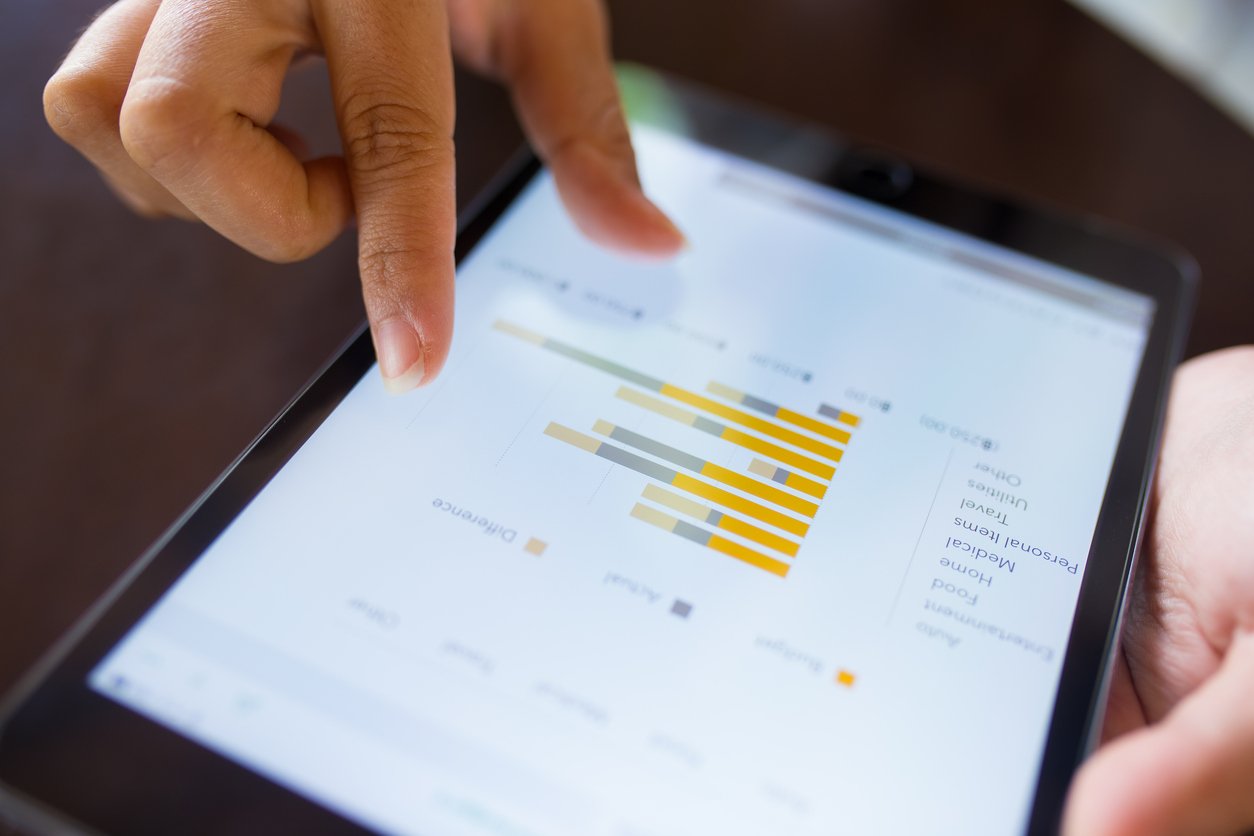
MMS Meaning Explained: Elevate Your Sales Strategy With MMS
 Updated on
Updated on
By Ringy
Table of Contents
Table of Contents
The 90s were a wild time.
And that's not just because of the hair, fashion, and music.
Carphones and giant, grey brick-style cell phones were the norm for business people, and they actually used them to call people. Crazy, right? I mean, who actually calls people anymore?
For that short-lived time in the early 90s, our fingers didn't know the pain from constantly pounding on a tiny flip phone's keypad.
But text messaging quickly changed that.
Soon, everyone from teenage girls to seasoned businessmen would be frantically texting everyone they knew instead of dialing a number.
One thing's for sure, our fingers have never been the same, and neither has the way we've communicated.
Of course, when major shifts in the way everyone communicates occur, smart businesses are ready to take advantage of that by meeting customers where they are. In this case, that means texting customers instead of calling them.
But we now have two ways of texting, SMS (Short Message Service) and MMS (Multimedia Message Service). MMS is the newer technology of the two.
Let's get into the meat of it: you're here because you want to know more about MMS meaning, how it compares to regular old text messaging, and how adding messaging in general to your sales strategy can help you reach, engage, and entice your customers.
You likely also want to know if MMS and SMS are still relevant, with instant messaging technology like Facebook Messenger and WhatsApp out there as very popular communication tools.
To answer these questions and more, let's start off with MMS meaning, as it's typically less well-known when compared to SMS.
What is the Meaning of MMS?
The MMS abbreviation meaning is “Multimedia Messaging Service”, which is a fancy name for sending a text message with an image, video, or website link attached.
The 90s saw huge technological advances, like the first web browser, Windows 95 (which set the stage for the way we see windows desktops today), and of course, the first text message to be sent from a cell phone (which happened in 1992).
It was that first text message (which was MERRY CHRISTMAS, by the way) that launched a revolution in the way we communicate with each other.
Since then, SMS has evolved from sending simple lines of text only to being able to include embedded (i.e. instantly shown) pictures, video, and more through MMS, providing a richer communication experience.
What are Common Use Cases for Sending MMS for Businesses?
There could be a variety of reasons why a business would opt to send an MMS to a customer or client rather than a regular SMS. Common scenarios could include:
- Sending a map location to a client to let them know where to go for a meeting
- Letting a customer know (through an image or emoji) about an upcoming deal or promotion that they should take advantage of
- Sending a customer details about event tickets, complete with an embedded image link to the ticket file itself to make it easier to tap
MMS Meaning vs. SMS Meaning

Sending messages over a phone has gone through many evolutions since its introduction. We've gone from only being able to send a text to including images and video, so it's natural that as a professional, you'd have questions about this evolution and how it impacts your sales and marketing strategies.
Let's start by talking about the different text messaging technology, SMS, and MMS.
SMS Technology Overview
Any time you send a 100% text-based message to someone using your phone's standard messaging app, you're sending an SMS. When you tap send on an SMS, your phone sends the message to a cellular tower (similar to a phone call) and the tech in the tower transmits that message to your friend. The cool thing about SMS is that it doesn't use data or the internet to send messages.
If you send a picture or video through SMS, then it'll appear as a link that the recipient will have to click to download in order for them to view. If you send a fancy or complex emoji through SMS, then it'll likely appear as code or symbols.
MMS Technology Overview
When you want to add a picture, video, or emoji to your message, then it's considered an MMS. Simple emojis like :) are still just text, but a fancier one like a hamburger 🍔 would be enough for your message to be an MMS.
When you send an MMS to a friend, the image, video, or emoji automatically appears in the message without you needing to click a link to download or view the media. This provides a richer communication experience when compared to regular SMS.
What's the difference between MMS and SMS?
The main differences between MMS and SMS fall into character limits, pricing, and whether media is embedded or displayed as a link to an external source to view it.
That being said, this table displays the more nuanced differences between MMS and SMS:
|
MMS |
SMS |
|
Supports images, video, GIFs, and more |
Supports text only |
|
Allows you to send up to 1600 characters in a single message |
Allows you to send up to 160 characters in a single message |
|
Typically has a data limit of around 3.75MB, but this can vary by the telecom carrier. |
Does not have a data limit (as messages are just text and therefore low data anyway) |
|
All multimedia, including emojis, images, videos, and GIFs appear instantly |
Any multimedia included in a message appears as a link, emojis may appear as code or symbols |
From this table, one thing becomes extremely clear: MMS allows for more creativity and opportunity when it comes to business text messaging, but is it really the better choice? Let's continue to investigate by checking out the pros and cons of each.
Pros and Cons of MMS and SMS for Businesses

When you're thinking about incorporating MMS into your business's sales and marketing strategy, you're going to want to look at the pros and cons of this technology. After all, weighing the benefits and negatives of a business tool is just a smart idea when it comes to deciding when, where, and how to implement it properly.
At a high level, here are the main pros and cons of MMS:
|
MMS Pros |
MMS Cons |
|
Being able to embed multimedia to a text message opens up tons of opportunities to communicate with customers |
The cost of sending a single MMS is often higher than an SMS |
|
Allows you to send more information to a customer in one message |
As you can see, the main con behind MMS is the cost. Depending on the service you choose to handle your business's messaging, this could add a significant amount to your sales or marketing budget.
Is SMS or MMS Better for Business?
It's difficult to say whether SMS or MMS would be better for your business, as each business has specific needs that'll influence how they want to present information to customers. These business needs will directly influence whether a particular business is fine with just SMS or not.
Businesses in basically all industries often use SMS text messaging to send quick messages to clients, with no fancy videos or images needed. These messages include things like appointment reminders, offers and promotions, billing, order notifications, and more.
However, when we take a closer look at the marketing space, there's definitely the opportunity to play with more eye-catching messaging here, like using emojis or images to catch the attention of the message's recipient. With people receiving an average of 41 text messages per day, it makes sense that a company would want its message to stand out.
If anything, deciding whether to use SMS or MMS for your business might require a bit of experimentation, and analyzing the results to see what's more effective.
Are SMS and MMS Still Relevant vs. Instant Messaging?
You would be forgiven for thinking that maybe MMS and SMS are no longer relevant in a world filled with instant messaging applications. After all, WhatsApp, a popular instant messaging application, has seen huge growth since its inception, with literally billions of daily users.
But fear not, as text messaging is definitely not dead!
According to Statista, the number of text messages sent per day has grown exponentially over time. In addition, around 5 billion people send and receive text messages daily.
What these statistics show us is that texting is still a very viable platform for businesses to take advantage of, and definitely shouldn't be ignored. SMS marketing in general is an extremely valuable way to keep in touch with customers, convert prospects, and maintain and develop relationships with customers.
5 Ways Understanding SMS and MMS Meaning Elevates Your Sales and Marketing Strategies

Staying one step ahead when it comes to sales and marketing is one way to ensure you'll never fall behind the trends. With online shopping becoming more and more prevalent, retail giants like Amazon have changed the game when it comes to reaching customers by offering more personalized shopping experiences.
With personalization now dominating the expected customer experience, it's no longer an option to ignore technologies like SMS and MMS for keeping customers involved with every step of the sales process.
Here are 5 ways that understanding SMS and MMS meaning can elevate your sales and marketing strategies to be more focused on personalization:
- Keep customers informed about sales and promotions
- Reminders and Updates
- Create a paper trail of important information
- Allow salespeople to connect with customers quickly
- Collect customer feedback
Keep Customers Informed About Sales and Promotions
With SMS or MMS at your fingertips, you'll always be able to keep customers in the know about the latest promotions and sales that your company has to offer. Set up SMS drip campaigns with a platform like Ringy to automatically send relevant messages to customers at the right time.
For example, if a customer has already opted-in, you could send them a text message when they get in proximity of your retail location, letting them know of any current sales and promotions. If you have an online business, an automatic text could be sent letting them know of any sales or promotions the second you make them live on your website.
Reminders and Updates
We're all busy, and it helps to have reminders and updates to keep us on track, even if it's just to let us know that a shipment is arriving soon or that an important appointment is tomorrow. There are other opportunities that businesses can take advantage of when it comes to using text for reminders as well, like giving a customer a nudge when they abandon their cart (you want them to come back and complete their purchase, after all) or letting them know a sale will end soon. Basically, you're only limited by your own creativity.
Create a Papertrail of Important Information
When dealing with customers, it's so important everyone has access to the same information so everyone can be on the same page. With SMS or MMS, both you and your customers can have access to the same files and links at the same time.
For example, when a service ticket is created, your customer can get an automatic text with the ticket number and details. When a refund is issued or purchase is completed, your customer can get their receipt texted to them. If there's ever confusion on times or dates, you'll both have a comprehensive paper trail to follow, reducing confusion and conflict.
Allow Salespeople to Connect with Customers Quickly
There's an often referred to the golden rule in sales that says that in order to have the best chance of converting a lead, you need to contact them within 5 minutes or less.
That might seem like a big ask, but with technology like marketing automation allowing instant communication with potential customers through automatic texts and emails, it starts to seem more accessible.
Picture this: as soon as a lead comes in, you can text them to schedule a time for a product demo. Or, if they prefer, give them a quick call. The point is, you can open that one-to-one communication channel, letting the customer know that they are valued you're ready to give them your time and energy.
Collect Customer Feedback
Getting a first-hand account of the experience your customer had with your company is extremely valuable. You can take that information and apply it to your business strategies, while at the same time showing your customers that their thoughts and opinions matter.
To make it easy to gather customer feedback, consider sending out regular messages when your customers hit certain milestones, like completing a purchase or right after an order is marked as delivered. After all, at the end of the day, your customers are your most important asset. When you listen to what they have to say, you can be sure that it'll improve your marketing and sales strategies.
Frequently Asked Questions (FAQ) About Messaging

Picking apart the difference between SMS and MMS messaging can quickly become not so straightforward. The deeper you look into MMS meaning, for instance, the more you're likely to be bombarded with technical mambo jumbo and strange definitions and terms.
Let's peel back the layers surrounding messaging and gain a better understanding of how it works by answering these common questions.
Is SMS just a text?
Yes. Both text messaging and SMS are the same, referring to when you use your mobile phone to send a short, completely text-based message to another mobile phone. A standard text message can contain up to 160 characters.
What is the full meaning of MMS?
When you're trying to get an understanding of the full meaning of MMS, you should first know that MMS stands for Multimedia Messaging Service. MMS is similar to text messaging except you can include embedded pictures, videos, and emojis in your message. A big difference between standard text messaging and MMS is that MMS requires data to send your message, meaning that your phone must be connected to the internet anytime you want to send an MMS message.
Is MMS meaning different for Apple versus Android?
At a high level, there isn't really a difference between MMS messages for Apple and Android. Instead, it's more about the differences in how each device displays the messages recieved. Both platforms include a messaging app that aggregates incoming messages into one place, regardless of whether they are an SMS or MMS.
However, iMessage (Apple's built-in instant messaging platform) takes it a step further by acting as an instant messaging platform for Apple device users. This means that iMessage can still accept SMS and MMS messages from anyone, but the experience will be richer if the person is communicating with another Apple user.
How is an MMS different from Instant Messaging?
MMS messages are sent through your carrier's network and can be received by anyone using any standard text messaging app, while instant messages are sent through a particular app only. Sometimes instant messaging apps, like Facebook Messenger for example, will allow you to aggregate your messages so everything is located in the app in one place.
Conclusion
It's hard to imagine what the world would be like today without the technology that we use constantly in our work and personal lives. As the way we communicate and connect with each other continues to evolve over time, so will our business strategies.
If you haven't considered implementing messaging into your business's sales and marketing strategies, then you're definitely missing out on a big opportunity to connect, convert, and grow your customer base.
Want to learn more about how Ringy can help you on your journey into a business messaging? Schedule a demo with us today and we'll walk you through our software.

Skyrocket your sales with the CRM that does it all.
Calling? Check. SMS? Check. Automation and AI? Check. Effortlessly keep in touch with your customers and boost your revenue without limits.

Take your sales to new heights with Ringy.
Sales in a slump? Ringy gives you the tools and flexibility you need to capture leads, engage with them, and turn them into customers.
Subscribe to Our Blog
Enter your email to get the latest updates sent straight to your inbox!
Categories
Related Articles







